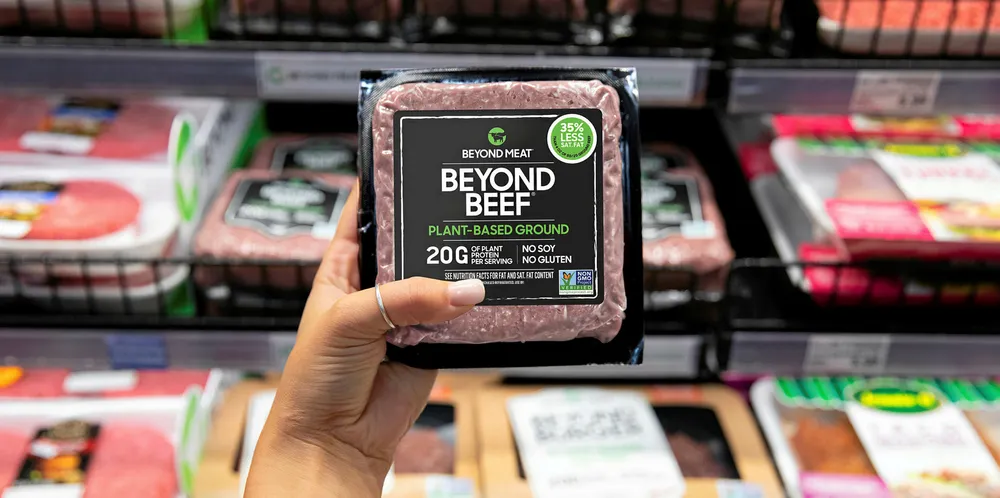Investment fund backed by Walton scion is looking for the ‘Beyond Meat’ of seafood
A new sustainable seafood and oceans fund is searching for a company that can upend the sector.

A new sustainable seafood and oceans fund is searching for a company that can upend the sector.
